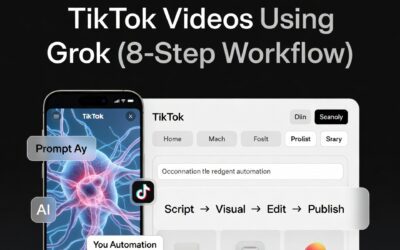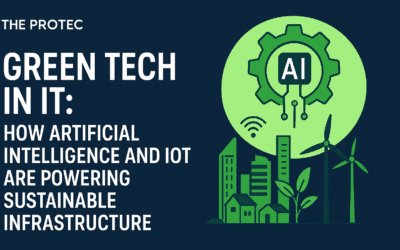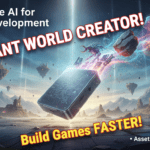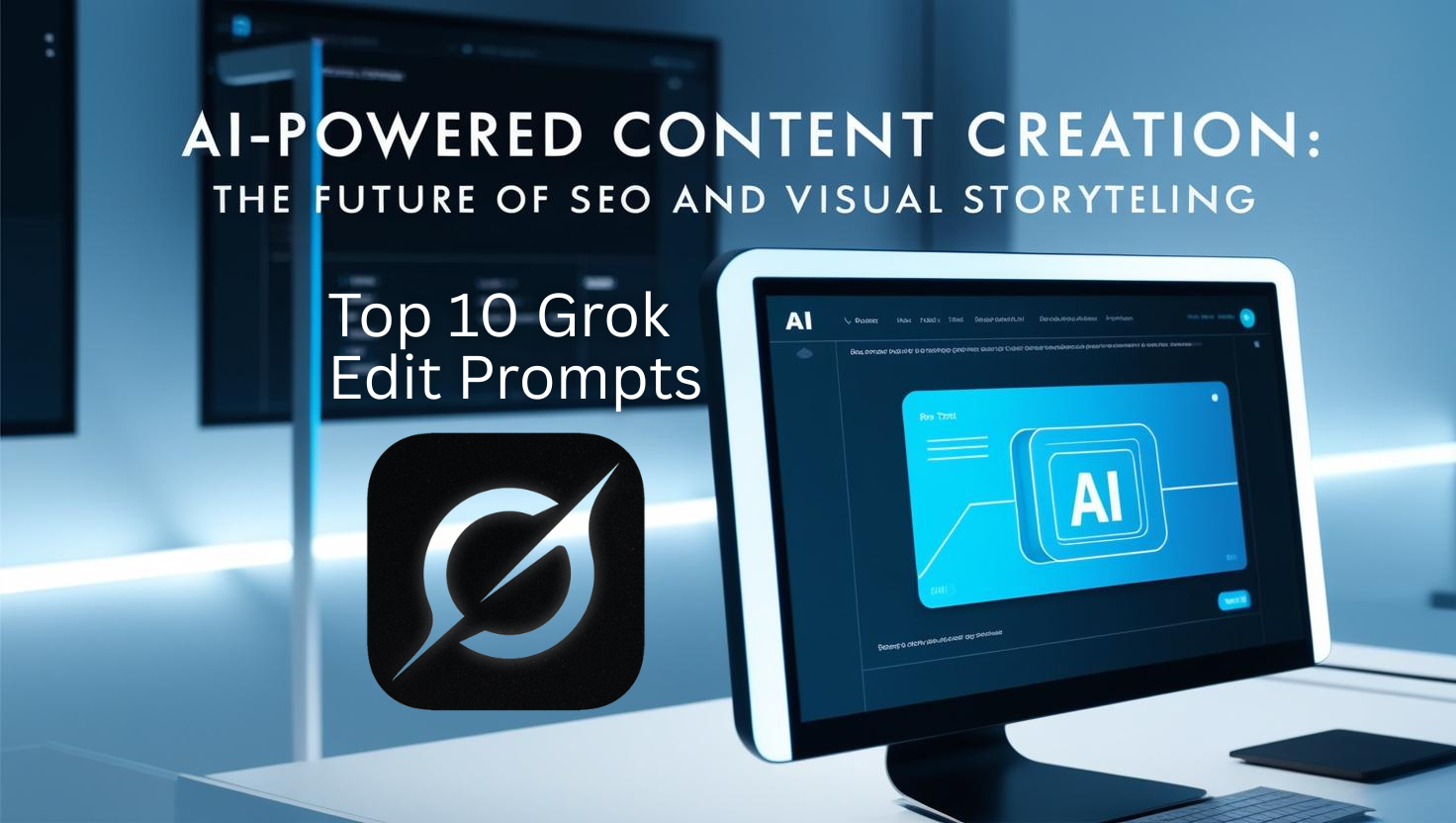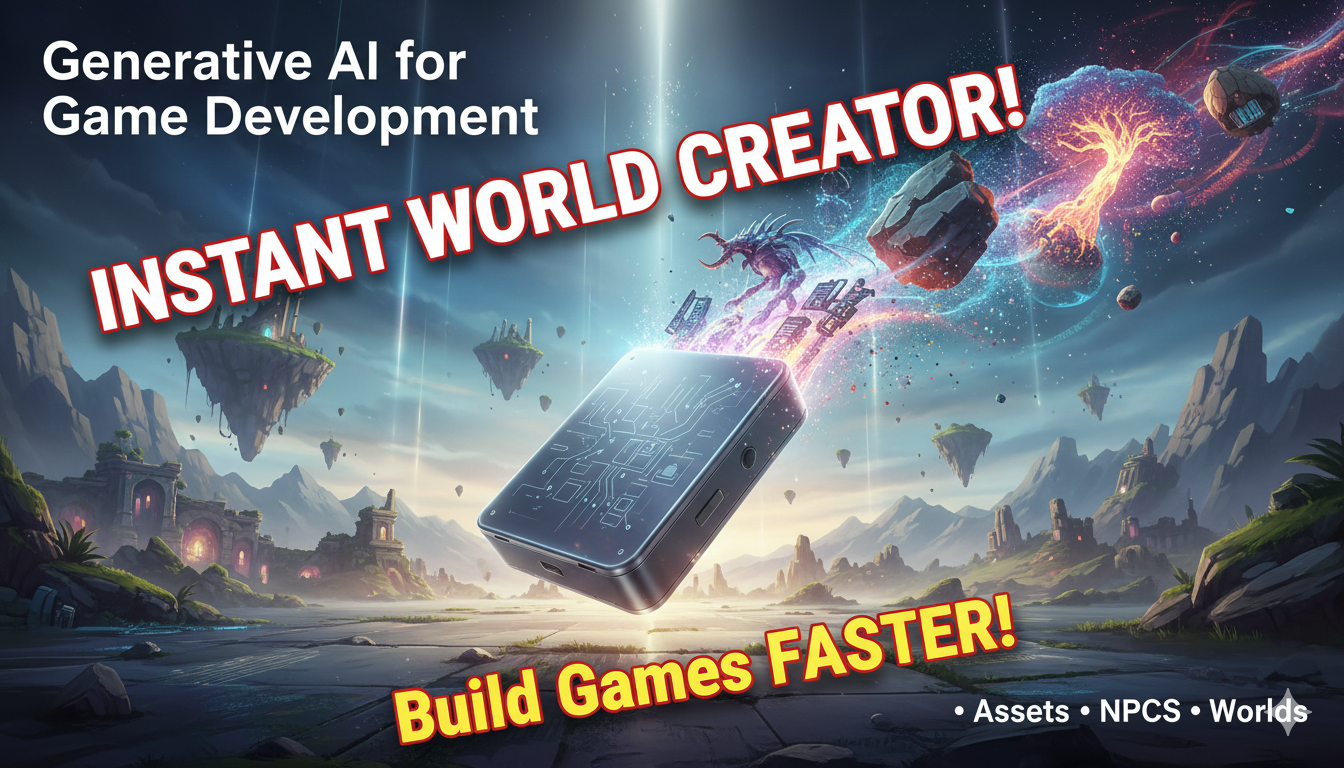Introduction: What is a World Model in AI?
Imagine an AI that doesn’t just process data but understands how the world works—how objects move, how actions create consequences, and how to plan multiple steps ahead. This is the promise of a World Model in AI, a revolutionary approach transforming artificial intelligence from pattern recognition to genuine reasoning.
A World Model in AI is a neural network that understands the dynamics of the real world, including physics, spatial properties, and cause-and-effect relationships . These models create an internal simulation of external reality, allowing AI systems to predict outcomes, test decisions, and plan actions before executing them in the real world .
The concept isn’t entirely new. In 1943, psychologist Kenneth Craik proposed that organisms carry a “small-scale model” of external reality within their heads, enabling them to “try out various alternatives, conclude which is the best of them, and react in a much fuller, safer, and more competent manner” . Today, AI luminaries like Yann LeCun, Demis Hassabis, and Yoshua Bengio all believe world models are essential for building AI systems that are truly intelligent, scientific, and safe .
How World Models Work: The Technical Architecture
Building Blocks of a World Model
World Models in AI integrate and process multimodal data across spatial, temporal, and physical dimensions, going beyond the text-based focus of large language models . The architecture typically includes:
- Data Processing: Curating massive datasets of video, images, and sensor data through filtering, annotation, classification, and deduplication to ensure high-quality training inputs
- Tokenization: Converting high-dimensional visual data into smaller units called tokens, facilitating efficient machine learning processing
- Reasoning Modules: Analyzing multimodal inputs over time and space using chain-of-thought reasoning approaches based on reinforcement learning
Training Approaches
There are multiple approaches to developing world models in AI:
- Prediction Models: These synthesize continuous motion based on text prompts, input video, or by interpolating between images, enabling realistic scene generation
- Reasoning Models: These take multimodal inputs and analyze them over time and space using chain-of-thought reasoning to understand what’s happening and decide on the best actions
- Reinforcement Learning: AI agents learn by interacting with an environment and receiving rewards or penalties, optimizing decision-making to achieve the best possible outcome
How World Models Transform Reasoning and Planning
Beyond Bags of Heuristics
Traditional AI systems, including large language models, often learn what researchers call “bags of heuristics”—scores of disconnected rules of thumb that can approximate responses but don’t cohere into a consistent whole . Some may even contradict each other.
This approach fails spectacularly when facing novel situations. For example, researchers found that an LLM trained to navigate Manhattan could generate perfect directions, but when randomly blocking just 1% of streets, its performance “cratered” because it lacked a coherent world model to reroute effectively .
The Robustness Advantage
World models in AI address this fragility by creating consistent internal representations. This provides:
- Predictive Intelligence: World models help physical AI systems learn, adapt, and make better decisions by simulating real-world actions and predicting outcomes
- Improved Policy Learning: By exploring strategies through simulation, world models determine the most effective actions based on current and world states
- Safe Experimentation: AI systems can “imagine” different scenarios, test actions, and learn from virtual feedback without real-world risks
Real-World Applications: World Models in Action
Autonomous Vehicles
World models in AI bring significant benefits to every stage of the autonomous vehicle pipeline . They can create predictive video simulations based on text and visual inputs, generating diverse scenarios with different traffic patterns, road conditions, and weather.
Waymo, one of the largest U.S. operators, now provides over 150,000 autonomous rides each week, while Baidu’s affordable Apollo Go robotaxi fleet serves numerous cities across China . These systems rely on world models to navigate complex urban environments safely.
Robotics and Industrial Automation
In robotics, world models generate photorealistic synthetic data and predictive world states to help robots develop spatial intelligence . Using virtual simulations powered by physical simulators, these models let robots practice tasks safely and efficiently, accelerating learning through rapid testing.
Modified world models enhance planning by simulating object interactions, predicting human behavior, and guiding robots to reach goals accurately. With virtual simulations, developers can reduce real-world testing risks, cutting time, costs, and resources .
Healthcare and Scientific Discovery
World models in AI are making significant contributions to healthcare and science. By integrating patient records, genomic data, and real-time biometrics with environmental inputs, these models can support personalized treatments, predict health risks earlier, and guide surgical decision-making with real-time analysis .
The growing importance of AI in science is reflected in major scientific awards: two Nobel Prizes recognized work that led to deep learning (physics) and to its application to protein folding (chemistry) .
Smart Cities and Environmental Planning
By analyzing traffic flows, energy consumption, and environmental data, world models can simulate city-scale interventions . They can predict how new infrastructure projects impact pollution, mobility, or energy demand, enabling informed decisions in complex urban environments.
World Models vs. Other AI Paradigms: A Comparative Analysis
| AI Model Type | Primary Function | Strengths | Limitations | Relationship to World Models |
|---|---|---|---|---|
| Transformers | Process sequential data (e.g., text) | Excel at language tasks, parallel processing | Struggle with long-range dependencies, physical reasoning | Foundation that world models can enhance with physical understanding |
| Diffusion Models | Generate images/video from noise | Create high-quality visual content | Limited understanding of cause-effect relationships | Can be integrated into world models for realistic simulation |
| Recurrent Neural Networks (RNNs) | Process sequential data | Handle time-series data well | Vanishing gradient problems, limited memory | Early approach to sequences that transformers improved upon |
| World Models | Simulate environments and predict outcomes | Physical reasoning, planning, causal understanding | Computationally intensive, complex training | Comprehensive approach integrating multiple capabilities |
The Future of World Models in AI: Predictions and Trends
Convergence with Large Language Models
The future likely involves combining the linguistic capabilities of LLMs with the physical understanding of world models. When paired with large language models, world models help AI understand instructions in natural language and interact more effectively . For example, a delivery robot could interpret a spoken request to “find the fastest route” and simulate different paths to determine the best one.
Shrinking Models, Expanding Capabilities
While early AI progress came from ever-larger models, there’s now a trend toward small language models (SLMs) that outperform their larger counterparts while being compressed “by a factor of almost 10 every six to nine months” . Such shrinkage makes AI faster and more efficient to run on compact hardware, accelerating the adoption of world models in resource-constrained environments like embedded systems in vehicles and robots.
Generative Computing and Modular AI
David Cox, VP for AI Models at IBM Research, envisions a future of “generative computing” where models are treated as computing functions, much like traditional software components . This approach employs runtime environments with programming abstractions, structured requirements, and validation checks, making AI more predictable and trustworthy.
Similarly, Abraham Daniels, Senior Technical Product Manager for IBM’s Granite foundation models, sees modularity as key, with companies “able to use a model but call on a specific feature or capability as part of their use case without having to load a new model” .
Conclusion: The Path Toward More Intelligent AI
World models in AI represent a paradigm shift from statistical pattern matching to genuine understanding and reasoning. By creating internal simulations of how the world works, these models enable AI systems to plan, predict, and make decisions with a level of robustness and foresight previously impossible.
While technical challenges remain—including computational demands, data complexity, and the need for better evaluation frameworks—the direction is clear. As leading AI researcher Yann LeCun and others have argued, world models may be essential bridges between today’s pattern-recognition systems and tomorrow’s genuinely intelligent agents .
For businesses and developers, the implications are significant. The success of any AI model, including world models, hinges on three questions according to IBM’s Abraham Daniels: Is model performance strong? Is it cost-effective to use? Does the model fit the business case? As world models in AI continue to mature, they’re increasingly answering “yes” to all three, opening new frontiers in autonomous systems, robotics, scientific research, and beyond.
Sources and References
- NVIDIA: What Is a World Model?
- Everyday examples and applications of artificial intelligence (AI)
- The 2025 AI Index Report | Stanford HAI
- Large World Models: Use Cases & Real-Life Examples
- The Ultimate Guide: RNNS vs. Transformers vs. Diffusion Models
- The two models fueling generative AI products: Transformers and diffusion models
- ‘World Models,’ an Old Idea in AI, Mount a Comeback
- AI Model Types: Past, Present and Predictions for the Future
- 5 Real-world Applications of Large AI Models
- 9 Benefits of Artificial Intelligence (AI) in 2025 – UC Online
